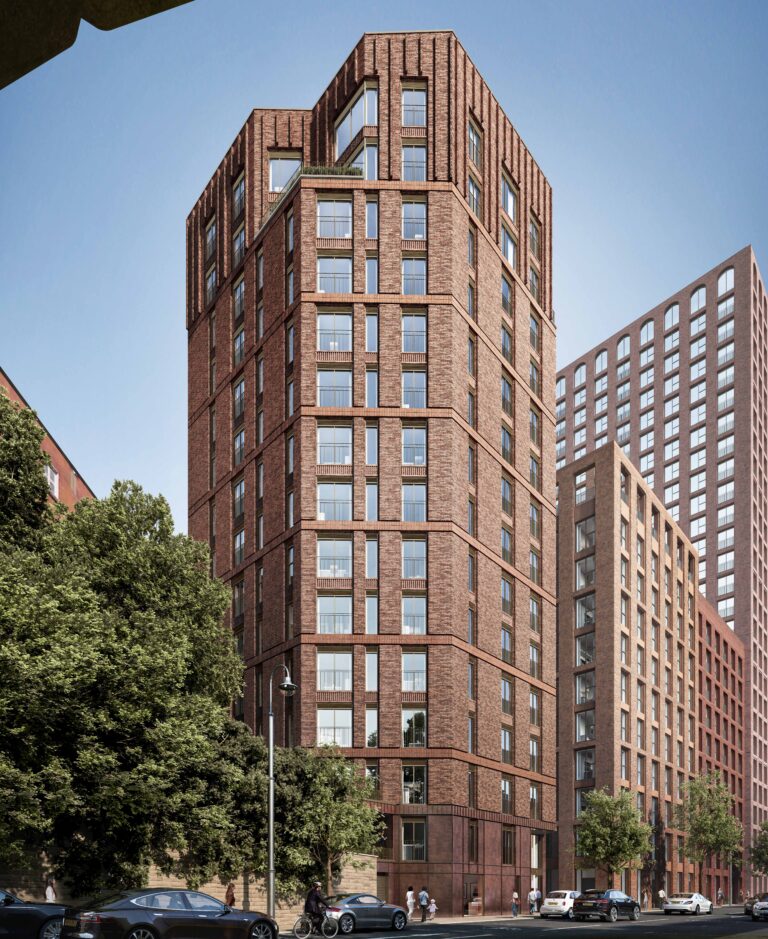The Bank of England’s next interest rate decision is due on Thursday, and buy-to-let lenders have been dropping their rates to entice landlords.
Analysts have widely predicted that the Bank of England will hold interest rates at 4.5% this week due to ongoing uncertainty surrounding US President Donald Trump’s trade war, alongside a downgrade in expected UK economic growth for the year ahead due to persistently above-target inflation.
The chances of an interest rate cut at the central bank’s meeting in May currently seem more likely, along with a rate reduction at the August meeting, but for now the Bank of England is predicted to continue its ‘careful’ approach after it cut interest rates in February by 0.25%.
With an inevitable knock-on effect on the mortgage market outlook, many borrowers will be awaiting this week’s announcement with bated breath; but may feel more positive to learn that overall mortgage rates have fallen by the biggest margin in nearly six months, according to recent data from Moneyfactscompare.
It means average two-year rates came down by 0.13% between 1st February and 1st March, while the average five-year rate dropped by 0.1% during the same period. A number of lenders have also come out with sub-4% deals as competition heats up, and buy-to-let mortgages have been following the same trends as the mainstream residential market.
Better deals for buy-to-let borrowers
Just this week, lenders have been edging many of their mortgage rates down in the buy-to-let space. Accord Mortgages, for example, has made cuts of up to 0.15% on its landlord mortgage range, including both fixed rate and tracker products in order to cater for a variety of landlord borrowers and their preferences in the current market.
The holiday let sector, which some long-term landlords switched to in the wake of the pandemic, has also seen greater competition among lenders. One lender, Cumberland for Intermediaries, has just reduced the remortgage fee on all core holiday let products from £999 to £299, significantly reducing the upfront cost for borrowers.
At the end of last week, The Mortgage Works also joined the race for customers by announcing cuts of up to 30 basis points across some of its buy-to-let products for new customers, with rates starting at just 3.24%.
Also working to entice borrowers is Cambridge Building Society, which has increased maximum loan sizes across all standard buy-to-let, expat and holiday let products from £750,000 to £1m. It has also removed its upfront application fees, instead charging a completion fee that has the option to be paid on completion or added to the loan.
These are just some of the new options being put on the table by lenders at the moment that are aimed at making the market more appealing for landlords, reducing some of their upfront costs and also offering lower rates.
Rise of cash buyers
While mortgaged landlords may find themselves in a more favourable position now than they were a year ago, whether they are due to remortgage or are looking to take out more borrowing, the costs are still greater than the pre-pandemic lows.
One outcome of this has been a greater level of interest from property investors looking at cheaper parts of the country, where their borrowing need is likely to be less due to the lower property prices, while some will be able to buy in cash and save even more money.
The north of England in particular stands to benefit from this trend, as the buy-to-let sector is thriving in major cities and towns away from London, such as Manchester, Birmingham and Liverpool.
Recent research shows landlord cash buyers remain extremely active in the UK property market, with many making even greater savings by securing a better price for a property due to being mortgage-free.










